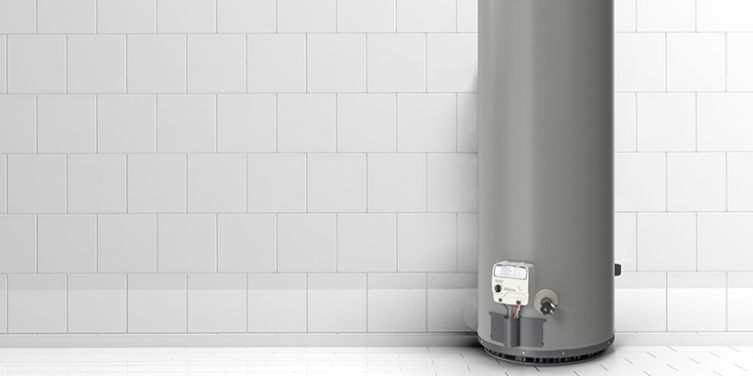
When was the last time you drained your hot water heater? Hot water is something we all take for granted, until it runs out. A cold shower is a brisk reminder of the importance of water heater maintenance.
One of the best preventative maintenance tasks homeowners can do to prolong the service life of their hot water heater is draining the unit. Draining your hot water tank removes sediment buildup, helping your water heater perform more efficiently, which can save you money. If the tank isn’t annually drained, a hot water heater won’t last as long, and the water may heat more slowly.
Drain Your Hot Water Heater
To drain your hot water heater, you’ll need a 3- to 4-foot section of garden hose with a fitting that can connect to the drain valve at the bottom of the tank. This is often the same type of fitting you use on your hose bib. Plan to direct the flow of the hose into either a bucket or a floor drain, whichever is easiest for you. If you have a gas water heater, begin by turning off the gas and extinguishing the pilot light. For electric water heaters, simply remove the plug from the wall or manually trip the circuit breaker.
It’s not always necessary to drain the entire hot water tank. Since sediment and buildup settle on the bottom of the tank, you may drain a few gallons of water at a time until most of the sediment is flushed out. This also prevents homeowners from accidently damaging the hot water heater by turning it on without water. This will also speed up the refill process, which can take a lot of time if the hot water tank is empty.
- Turn off the water valve that supplies the hot water tank.
- Attach the hose to the drain valve at the bottom of the water heater.
- Open that same valve.
- Open the pressure relief valve.
- Allow the water to drain. Empty the bucket periodically if you’re not using a floor drain.
- When the tank is empty, turn on the water supply valve.
- Allow the water to flow through the tank and out the drain valve until it runs clear.
- Close the drain valve and pressure relief valve so the tank can refill.
- For electric water heater: Flip the circuit breaker or plug the unit back in.
- For gas water heater: Turn on the gas and relight the pilot light.
While this may seem like a simple task, there is the potential danger of flooding your basement. Hot water heater valves made of plastic or valves that have not been used in a while can leak. Always keep a close eye on the valve after you close it to ensure the valve is not defective. Even a small drip can turn into a big problem.
Professional Plumbing Services
Draining a hot water heater is a maintenance task that many homeowners can do themselves. If you’re not comfortable doing this or would rather spend your time in other ways, just contact your local Mr. Rooter Plumbing or request a job estimate online. If this is an emergency, we’re available 24/7.

